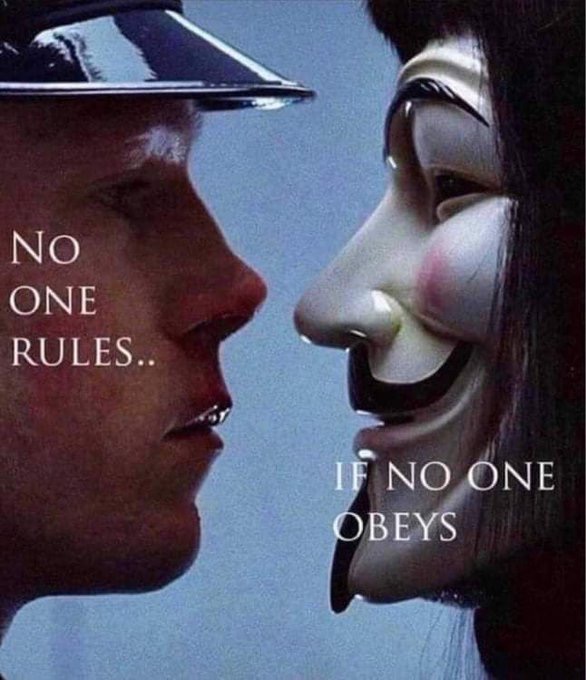
De-Consent.info

|
De-Consent.info |
Politics As Usual
|
|
Public Employees’ & Teachers’ Retirement Systems: School district employees are public employees, and in New York State, public employees are entitled to participate in a defined-benefit retirement system. Defined-benefit retirement systems differ from the defined-contribution retirement systems that are commonly found in the private sector: Employees in a defined-benefit system will receive retirement benefits based on their age, years of service and final salary, whereas employees in a defined-contribution system will receive retirement benefits based on what they and their employers contributed to their retirement accounts, e.g., 401(k), 403(b) or IRA. The public employee retirement systems that exist for school district employees are the Teachers’ Retirement System (TRS) and the Employees’ Retirement System (ERS). Public employee retirement benefits, or pensions, are guaranteed by the New York State Constitution. The state typically invests money from the various pension funds in the stock market and other interest-bearing accounts. When the economy is good, interest from these investments helps to pay the pensions of current retirees. When the economy is bad, public sector employers have to make up the difference. Why does this responsibility fall solely on the employer and not also the employee? When a public employee is hired, he or she enters the retirement system at the current “tier.” The provisions of that “tier” are treated as a binding contract between the employee and New York State. So, employees in Tier 4 contribute 3 percent of their annual salaries to their retirement system for 10 years. They contribute nothing after that. Under the new Tier 5, which was enacted Jan. 1, 2010, employees contribute 3 percent of their annual salaries every year for the duration of their employment (teachers contribute 3.5 percent per year). Every year, each retirement system determines a percentage of payroll that each public employer must contribute to the system. That percentage has been steadily increasing for the past 10 years. For instance, during the 2010-11 school year, school districts contributed 8.62 percent of payroll to TRS. During the 2011-12 school year, school districts will contribute 11.11 percent of payroll to TRS. For Broadalbin-Perth, this will be a $280,000 increase. Add in B-P’s contributions to ERS, and the total increase is closer to $400,000. Once Tier 5 employees have been in the retirement system for 10 years and continue to contribute to the system, employers may see some relief. In addition, some lawmakers, including Gov. Andrew Cuomo, are in favor of establishing a Tier 6 that would offer less generous benefits than previous tiers of the retirement system. However, changes to existing tiers, including Tiers 1-5, would be more difficult to bring about since they would require changes to the state Constitution. |
|---|
"I see the liberty of the individual ... as the necessary condition for the flowering of all the other goods that mankind cherishes: moral virtue, civilization, the arts and sciences, economic prosperity. Out of liberty, then, stem the glories of civilized life.” Murray Rothbard |
|---|
---
Libertarian Party
- It's NOT Politics as Usual -
---
How does Politics As Usual damage society?
Why is the Libertarian Party NOT Politics As Usual?
---
 |
Stop Politics As Usual! |